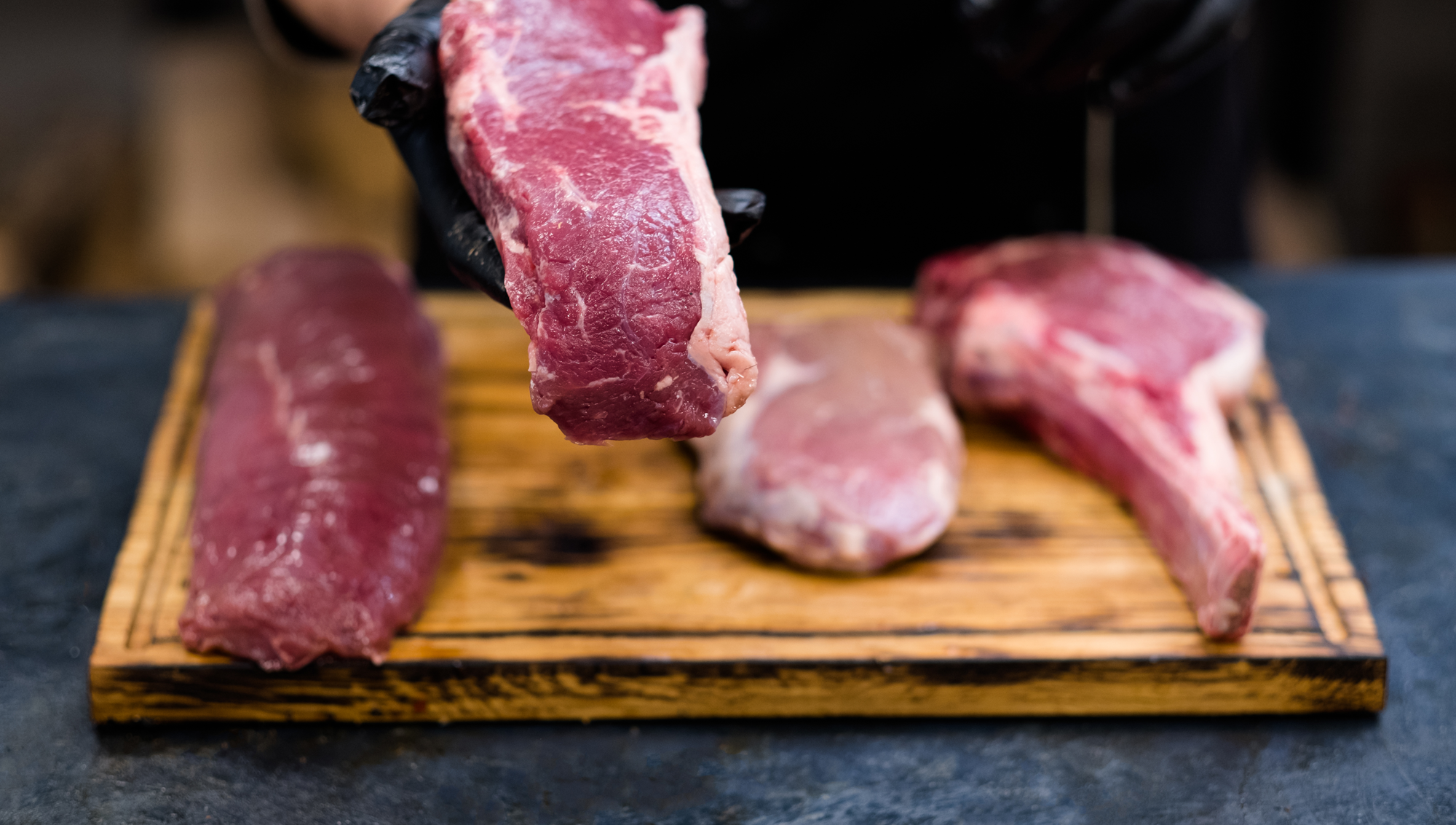This article was originally published by TastingTable.com on June 7, 2022.
Peer into your butcher’s case or roam the frigid aisles of Costco’s meat section, and you’ll encounter a whole world of confusing steak cuts. That doesn’t mean you should let all these admittedly confounding varieties get the best of you. We’re breaking down the differences between seven of our favorite steaks, including how to cook each of them to juicy perfection. With a little practice, we guarantee you’ll be showing up your favorite steakhouse.
Filet Mignon
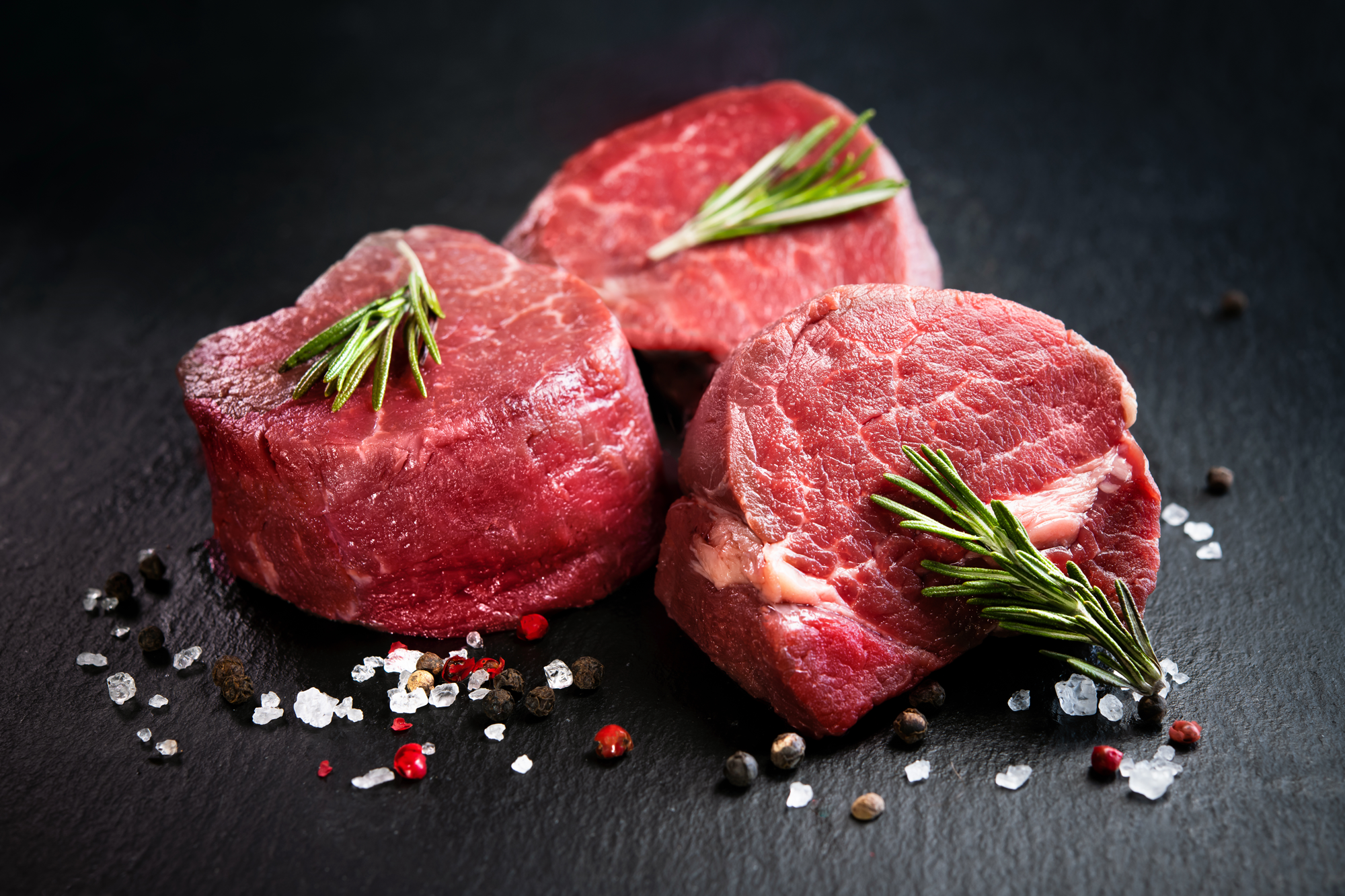
A staple of white-tablecloth steakhouses across the country, this tender muscle does barely, if any, of the heavy lifting on the cow, resulting in a soft, buttery texture that gives way in the mere presence of a steak knife. However, this cut is also nearly devoid of any fat, meaning the mild flavor has less of the lip-smacking juiciness meat eaters crave.
Also Known As: filet de boeuf, tender steak, beef tenderloin, tenderloin steak.
When to Order: The classic Valentine’s Day offering, filets are perfect for diners who are a) more concerned with tenderness rather than flavor and b) have money to spare. Filets are also well suited for anyone on a diet who just really needs a steak.
How to Cook it: It’s versatile enough to be cooked via whichever method you prefer, from pan-roasting to grilling. There’s no fat to compensate for overcooking, so sous vide is a safe bet if you need extra security.
Rib Eye
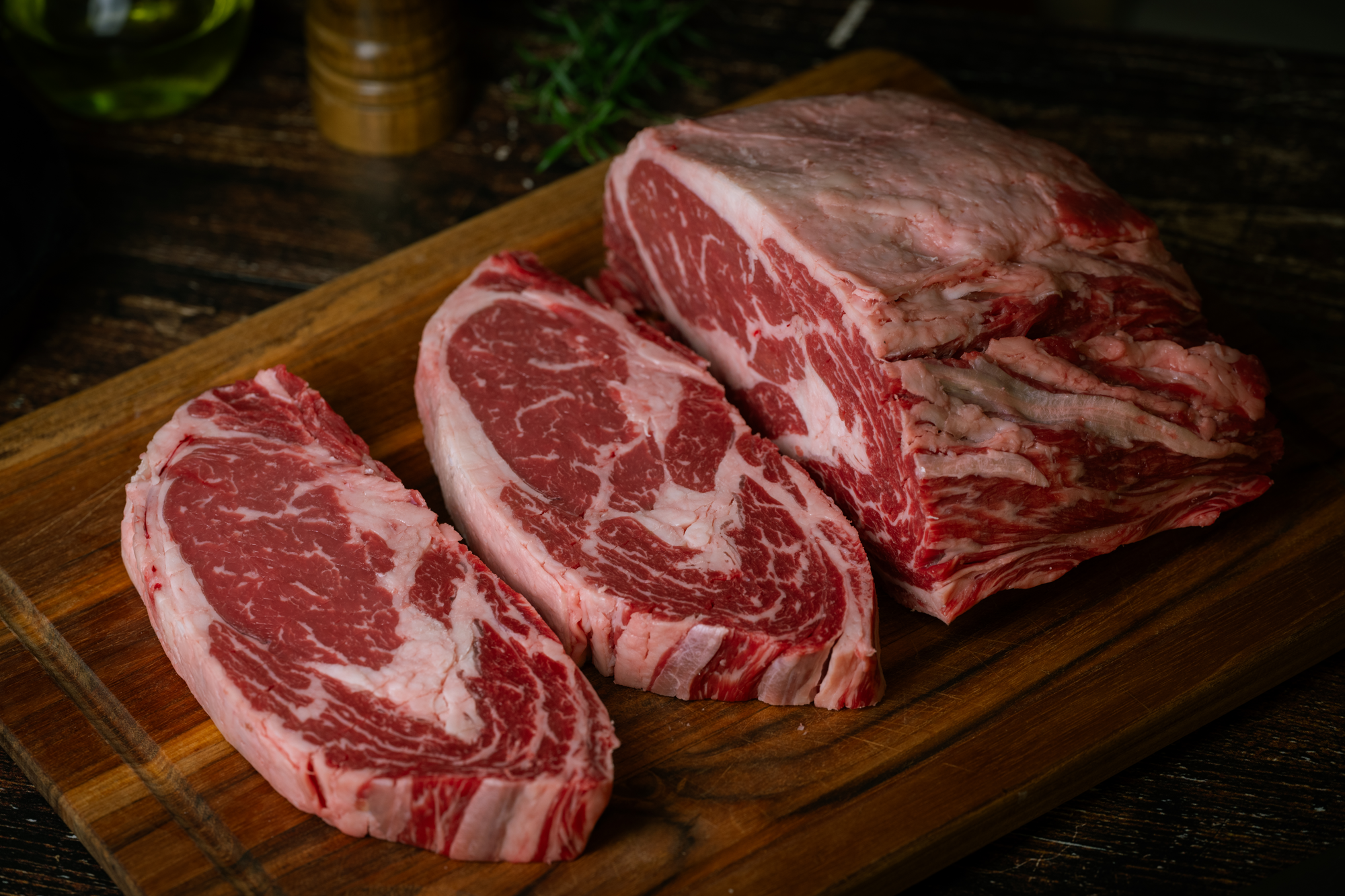
One of the most prized cuts of all, the rib eye comes boneless or with the rib bone still attached (in which case it’s frequently known as a cowboy steak). And while the bone might make it harder to navigate your knife and fork, gnawing on gristle and crispy fat is undoubtedly the best part of the steak-eating experience. Speaking of which, it’s that abundance of fat, both marbled within the meat and surrounding the edges via the white fat cap that makes rib eyes so intense and beefy in flavor. They’re not as meltingly soft as filets, but ribeyes have just enough of a chew to remind you why your experience as a vegan didn’t last.
Also Known As: cowboy steak, tomahawk steak, Spencer steak, Delmonico steak.
When to Order: If you’re a carnivore who wants the best beef-eating experience possible, and has a supply of Lipitor on hand.
How to Cook It: Rib eyes are equally at home over charcoal flames, in a cast-iron pan or under a screaming broiler. The high fat content means, yes, you can get away with cooking them somewhat past medium without the meat turning into a chewy football.
New York Strip
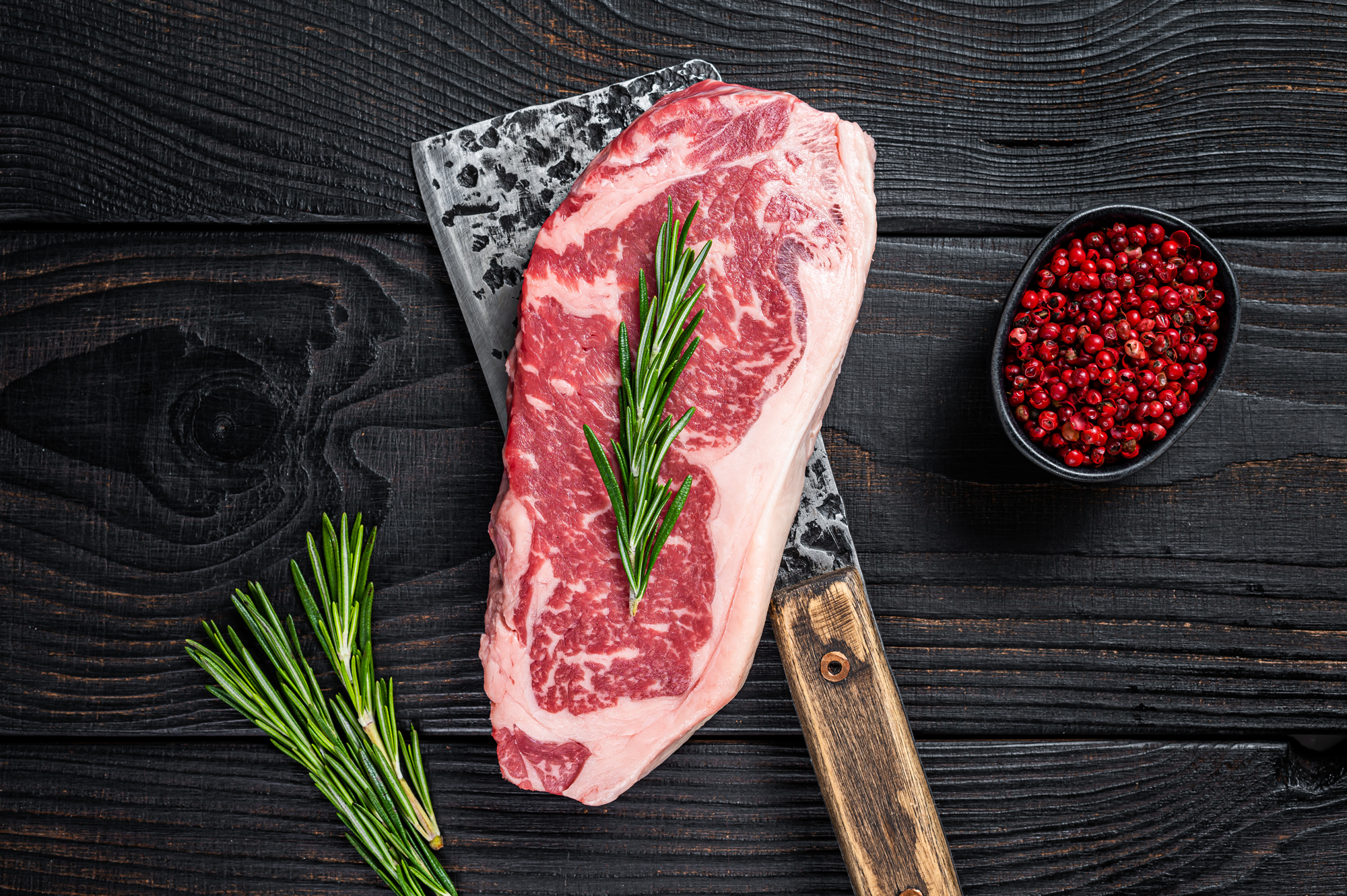
It might not be as tender as it’s posh cousin (the filet) or as sumptuous as the always-fatty rib eye, but the New York strip is a solid jack-of-all-trades. A bit more chew and a little less marbling means it’s less expensive, so you won’t be picking your jaw up from the floor when it comes time to pay, making this the perfect midweek dinner for when you need a pick-me-up.
Also Known As: shell steak, Kansas City steak, sirloin steak.
When to Order: This is the all-around, crowd-pleasing steak star made specifically for Goldilocks in terms of flavor, tenderness and price.
How to Cook It: Just like a rib eye, strip steaks are happy any way you cook them. Just be warned that some can run a little lean, making them less resilient to overcooking.
Porterhouse
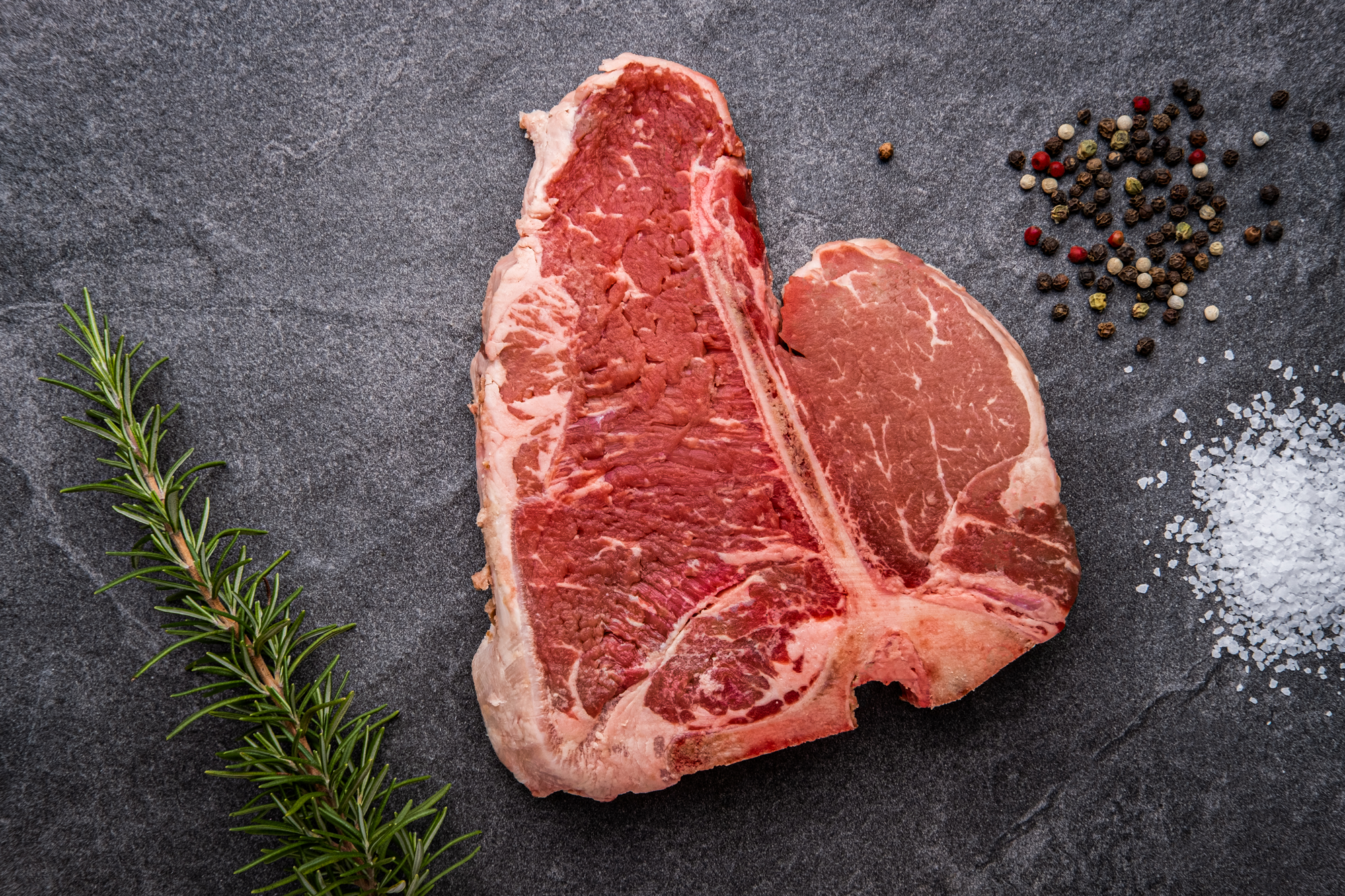
A porterhouse is simply a New York strip and delicate filet mignon separated by a T-shaped bone (hence it’s other nickname, the mighty T-bone). This is the one time we suggest putting away the cast iron—meat shrinks as it cooks, meaning when seared, a porterhouse’s surface fails to make contact with the pan as the bone begins to jut out. And since the filet side is more prone to overcooking, it can be a challenge getting the entirety of the steak to finish at the same time.
Also Known As: T-bone steak.
When to Order: If you’re an experienced steak expert or part of a couple who doesn’t like to compromise (no judgment), or if you’re exceptionally hungry and prefer to spend your paycheck on steak versus rent.
How to Cook It: Grilling or broiling is your best bet. Just make sure the tenderloin side of the porterhouse is exposed to less heat, so it doesn’t overcook before the strip is finished.
Hanger

Formerly the butcher’s hidden gem, the once-humble hanger has exploded in popularity over the years. It might not be as affordable as it used to be, but the cut, taken from the front of the cow’s belly, is still a bargain considering it’s astonishingly savory flavor and relative tenderness. When taken right off the cow, hangers tend to be covered in a blanket of tough sinew and silver skin, though most butchers will sell it already trimmed.
Also Known As: onglet, butcher’s steak, hanging tender.
When to Order: If you’re looking for maximum payoff with little effort; or a carnivore who prefers to spend only half their paycheck on steak.
How to Cook It: A loose, soft texture makes hanger steak perfect for soaking up sticky marinades and dry rubs. Keep in mind there’s a sweet spot when it comes to cooking this cut: Too rare, and it remains unpleasantly toothsome; too overdone, and it will dry out just like any other steak.
Flank
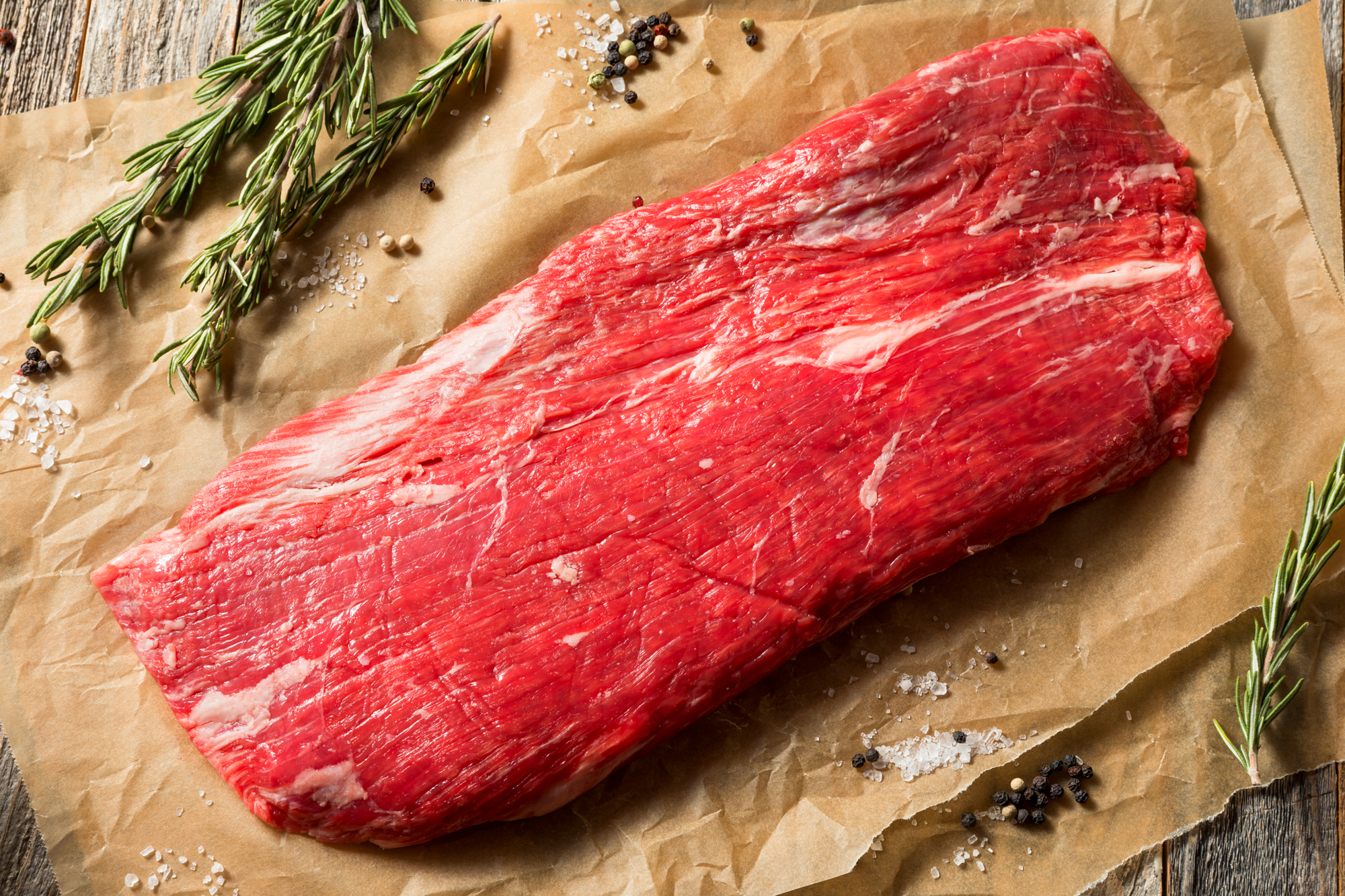
Long, hardworking muscle fibers make flank steak relatively tough to chew on when improperly prepared. After cooking to medium rare, be sure to slice the meat thinly against the grain. (On the plus side, it’s easy to get a large number of servings from this square cut, making it perfect fodder for a summer buffet.)
Also Known As: fajita meat, Philadelphia steak.
When to Order: Like flank steak, skirt steak is best cooked at home (and not ordered when out) if you’re looking for the best bang for your buck—or just happen to be throwing a fajita party.
How to Cook It: These steaks are naturally thin, so blistering heat is required to make sure the outside is charred before the interior becomes overcooked.

